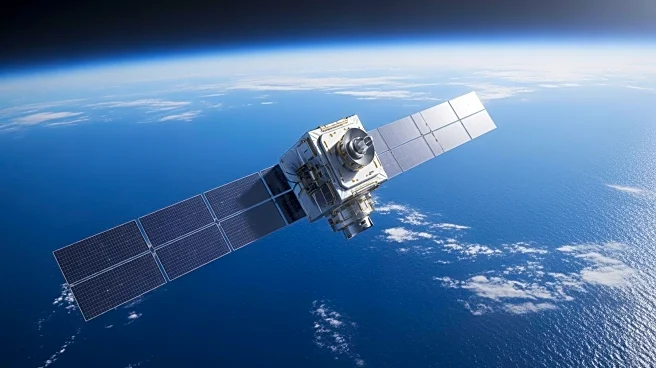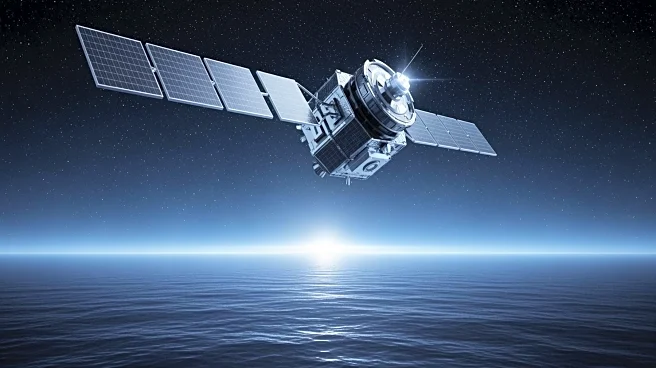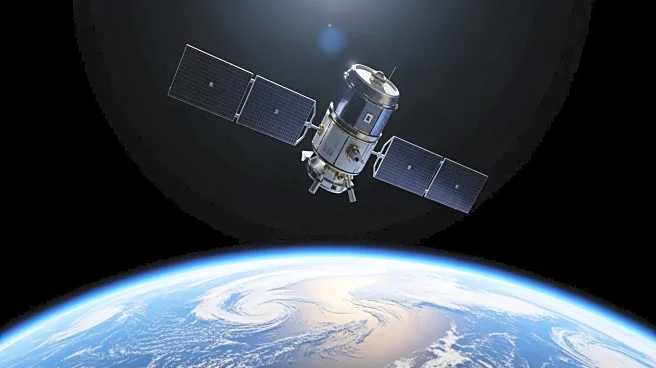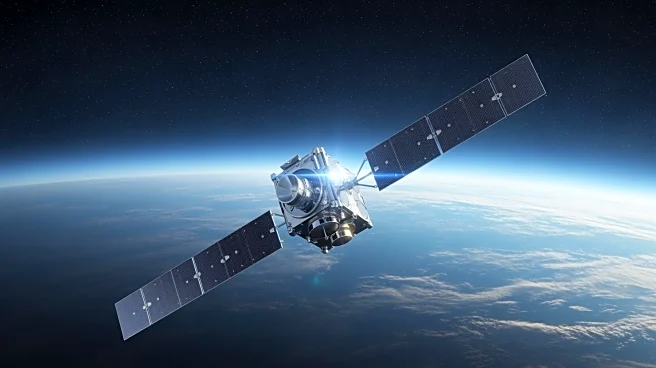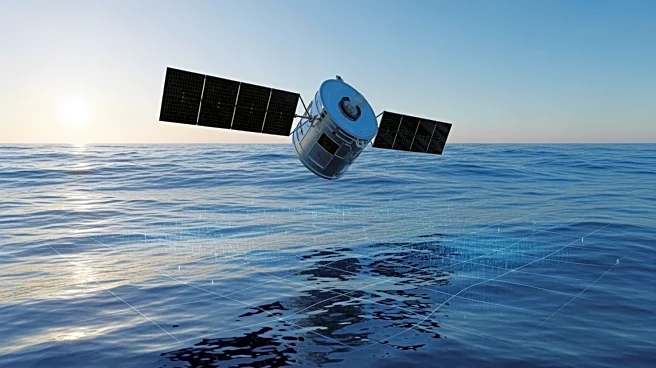What's Happening?
NASA, in collaboration with SpaceX and European partners, has successfully launched the Sentinel-6B satellite from Vandenberg Space Force Base in California. The satellite, which is about the size of a full-size
pickup truck, aims to provide detailed ocean and atmospheric data to improve hurricane forecasts and protect infrastructure. The launch took place on November 16, with the satellite reaching its designated orbit and establishing contact with a ground station in Canada shortly thereafter. Sentinel-6B will continue the legacy of its predecessor, Sentinel-6 Michael Freilich, by providing precise sea level measurements crucial for flood predictions and safeguarding coastal assets. The mission is a joint effort involving NASA, ESA, EUMETSAT, NOAA, and the European Union's Copernicus program.
Why It's Important?
The launch of Sentinel-6B is significant for several reasons. It enhances the ability to monitor sea levels and ocean conditions, which are vital for predicting natural disasters like hurricanes. Accurate sea level data is essential for protecting coastal infrastructure, real estate, and energy storage sites. The satellite's data will also aid in marine weather forecasting, benefiting commercial shipping and fishing industries. Furthermore, the collaboration between international agencies highlights the importance of global partnerships in addressing climate change and safeguarding oceanic environments. Sentinel-6B's advanced technology will provide critical information to decision-makers, supporting national defense and emergency preparedness.
What's Next?
Following its successful launch, Sentinel-6B will undergo a period of cross-calibration with Sentinel-6 Michael Freilich. Once this process is complete, Sentinel-6B will assume the role of the official reference satellite for global sea level measurements. It will orbit Earth approximately 13 times a day, providing continuous data on ocean surface conditions. The satellite's observations will contribute to ongoing research and policy-making efforts aimed at mitigating the impacts of climate change and protecting coastal communities. The collaboration between NASA and its international partners is expected to continue, fostering advancements in Earth science and technology.
Beyond the Headlines
The Sentinel-6B mission underscores the ethical and environmental responsibilities of global agencies in addressing climate change. By providing high-precision data, the satellite supports efforts to understand and mitigate the effects of rising sea levels and changing ocean temperatures. The mission also highlights the role of space-based technology in promoting sustainable practices and informed decision-making. As climate change continues to pose challenges worldwide, the data collected by Sentinel-6B will be instrumental in shaping policies and strategies to protect vulnerable coastal regions.
